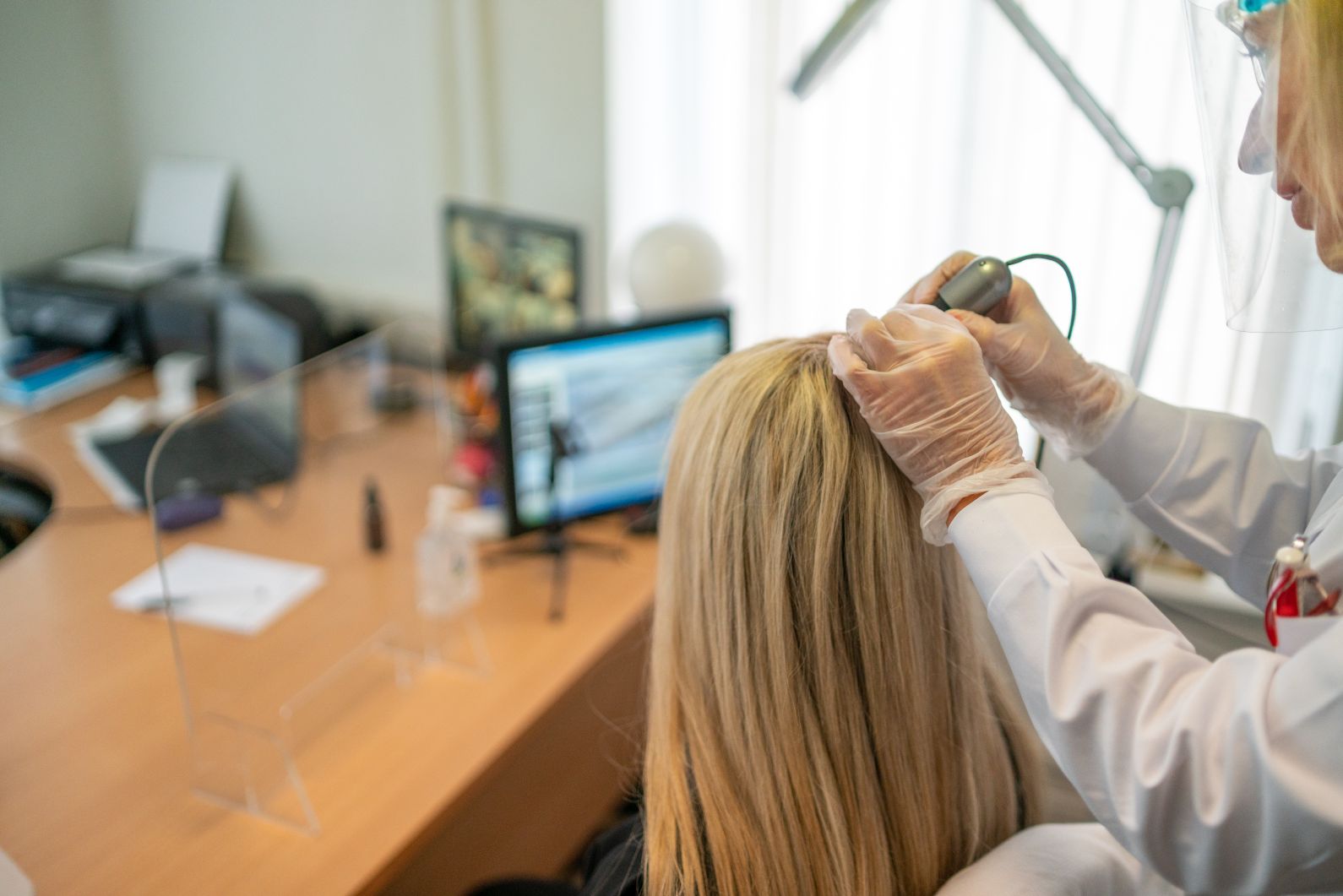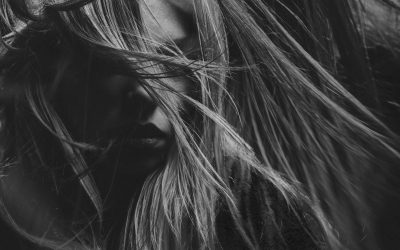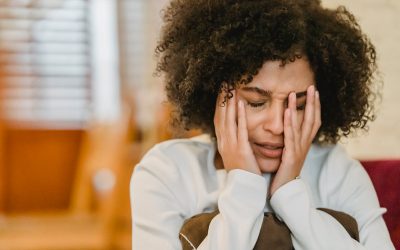Are you noticing broken hairs or thinning along the frontal hairline or on the crown area? Are you feeling small bumps or blisters on your scalp? These can be signs of a hair loss condition called traction alopecia.
In this condition, the constant pulling or tension causes mechanical damage to the hair follicles. This results in the shafts breaking or getting pulled out of the scalp.
What causes traction alopecia? Repeatedly wearing a hairstyle that tug on hair such as tight ponytails, braids and buns is the leading cause of this hair loss condition. Using extensions and weaves also leads to the loosening of the hair shafts from the follicles.
The hair loss typically happens slowly which is why you may not notice the problem until your hairline has receded or a bald spot appears.
Aside from broken hairs and pimple-like bumps, scaling, itching, redness and tenderness of the scalp are the other symptoms of traction alopecia.
How to Treat Traction Alopecia
Just like in other hair loss conditions, there is no one-size-fits-all approach to treating traction alopecia. This means that what’s recommended for one person may not be the right approach for you.
Basically, the best treatment for you depends on the severity of your hair loss. Hence, you need to see a hair and scalp specialist.
Only a qualified professional can make an accurate assessment of your condition. This task requires knowledge, experience and tools which only a dermatologist or trichologist has. So, while it can be tempting to self-diagnose and treat the problem on your own, this is not a smart decision.
It is also imperative that you seek professional help ASAP.
Remember:
Traction alopecia is a reversible condition for as long as it is addressed early.
When the hair pulling continues for an extended period of time, hair follicles can become scarred and stop producing hair. Eventually, this is going to result in permanent hair loss.
The primary treatment for traction alopecia is to stop the trigger. This means laying off on hairstyling habits that pull on your hair.
If the hair loss is at its early stages, no additional treatment may be needed, except for supplements that help strengthen the hair. You can expect your tresses to go back to normal after several months.
Meanwhile, if there is significant hair loss or several bald spots, a clinically-proven medication may be prescribed to promote hair regrowth.
In cases where inflammation is observed, medicine is injected in or applied to the affected areas. Antibiotics are also given to patients with open sores. If the hair loss is extensive, hair replacement procedure may be recommended.
Traction Alopecia – The Recovery Process
What you have to keep in mind is that it is going to take some time before you are going to see the effects of the treatment. It can take anywhere between three to nine months before progress is observed.
So, be patient and religiously follow the instructions given to you by your dermatologist or trichologist. Also, make sure that you properly care for your hair.
Mix up your styling methods, i.e. change your hairstyle every couple of weeks. Do away from tight hairstyles, especially during the recovery period. If you need to tie your hair, make sure you aren’t pulling them too hard. You will know when it is already too tight because it is going to hurt.
Aside from foregoing tight hairstyles, avoid using products which contain harsh chemicals like hair straighteners. Also, minimise your use of heat-emitting hairstyling tools like blowers and curling irons.
In summary, traction alopecia is a preventable condition with proper hairstyling practices. It is also reversible for as long as the problem is treated early.
Are you worried you might be suffering from traction alopecia? We have qualified specialists who are experienced in treating all kinds of hair loss conditions. Call us now on +353 (0)1 6793618 to an appointment.



